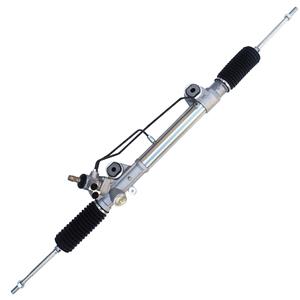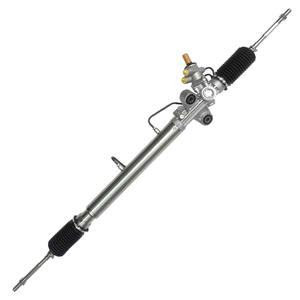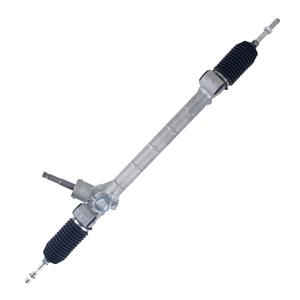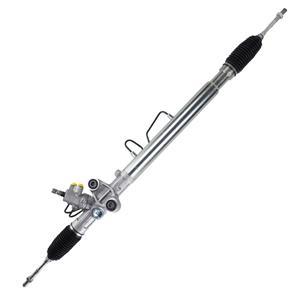What happens if you lose power to the steering rack while driving?
Power steering is an important part of modern cars, providing drivers with an easier and more flexible driving experience, especially when driving at low speeds and parking. Compared with earlier purely mechanical steering systems, power steering significantly reduces the effort required to turn the steering wheel by adding hydraulic or electronic power assistance, making the driving process more comfortable and safer. However, power steering systems are not immune to failure. If you suddenly lose power steering while driving, you may encounter some serious driving challenges and potential safety hazards.
This article will take a closer look at how power steering works, and what to do if you lose power steering while driving.
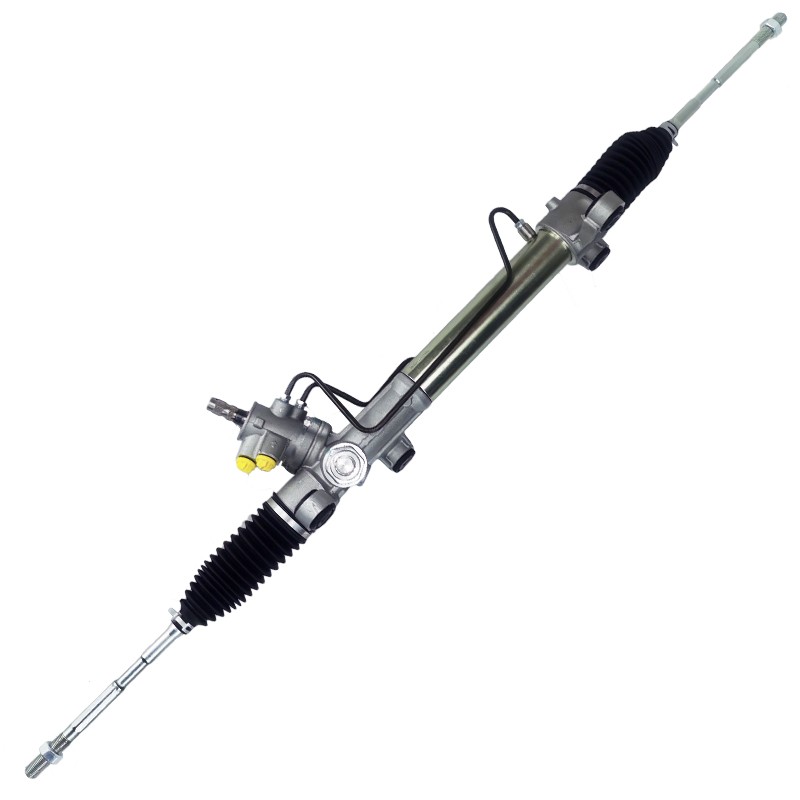
How does power steering work?
Power steering systems are divided into two categories: Hydraulic Power Steering (HPS) and Electric Power Steering (EPS). Although the working principles of the two are different, their basic function is the same: to make it easier for the driver to turn the steering wheel by increasing the power assistance.
Hydraulic Power Steering System (HPS)
Hydraulic power steering system is the earliest power steering technology used. It mainly relies on hydraulic pressure to provide steering assistance. The hydraulic system consists of the following key components:
● Power steering pump: driven by the engine, the pump is driven by a belt. The main function of the pump is to pressurize the power steering fluid and deliver it to the steering rack.
● Power steering fluid: a special liquid similar to motor oil, but with better lubrication and heat dissipation properties. It flows in the hydraulic system and provides pressure.
● Steering rack and pinion: when the driver turns the steering wheel, the pinion engages the steering rack, and the rack drives the wheel to turn. The fluid delivered by the power steering pump will provide additional assistance in this process, making steering easier.
● Pressure regulating valve: used to adjust the pressure in the system to prevent excessive or insufficient assistance.
In the hydraulic power steering system, the engine provides power to the pump to work. When the driver turns the steering wheel, the hydraulic pump transmits pressure to the steering rack through the power steering fluid, thereby reducing the resistance of the driver's operation.
Electric Power Steering (EPS)
Compared to hydraulic systems, electric power steering systems are more modern and efficient. EPS systems do not require hydraulic pumps and power steering fluid, but use an electric motor to provide power assistance. Its main components include:
● Electronic Control Unit (ECU): responsible for monitoring the angle and speed of the steering wheel rotation and calculating how much power assistance is needed based on this data.
● Motor: The electric motor controlled by the ECU is directly connected to the steering rack or steering shaft, and the power of the motor is used to reduce the driver's operating force.
● Sensor: used to detect the steering wheel rotation angle, speed, and vehicle speed. Based on this information, the system dynamically adjusts the amount of power assistance.
EPS systems are simpler to maintain and more energy-efficient because they do not have hydraulic pumps and pipes, as they only provide power assistance when needed, while hydraulic systems work all the time when the engine is running.
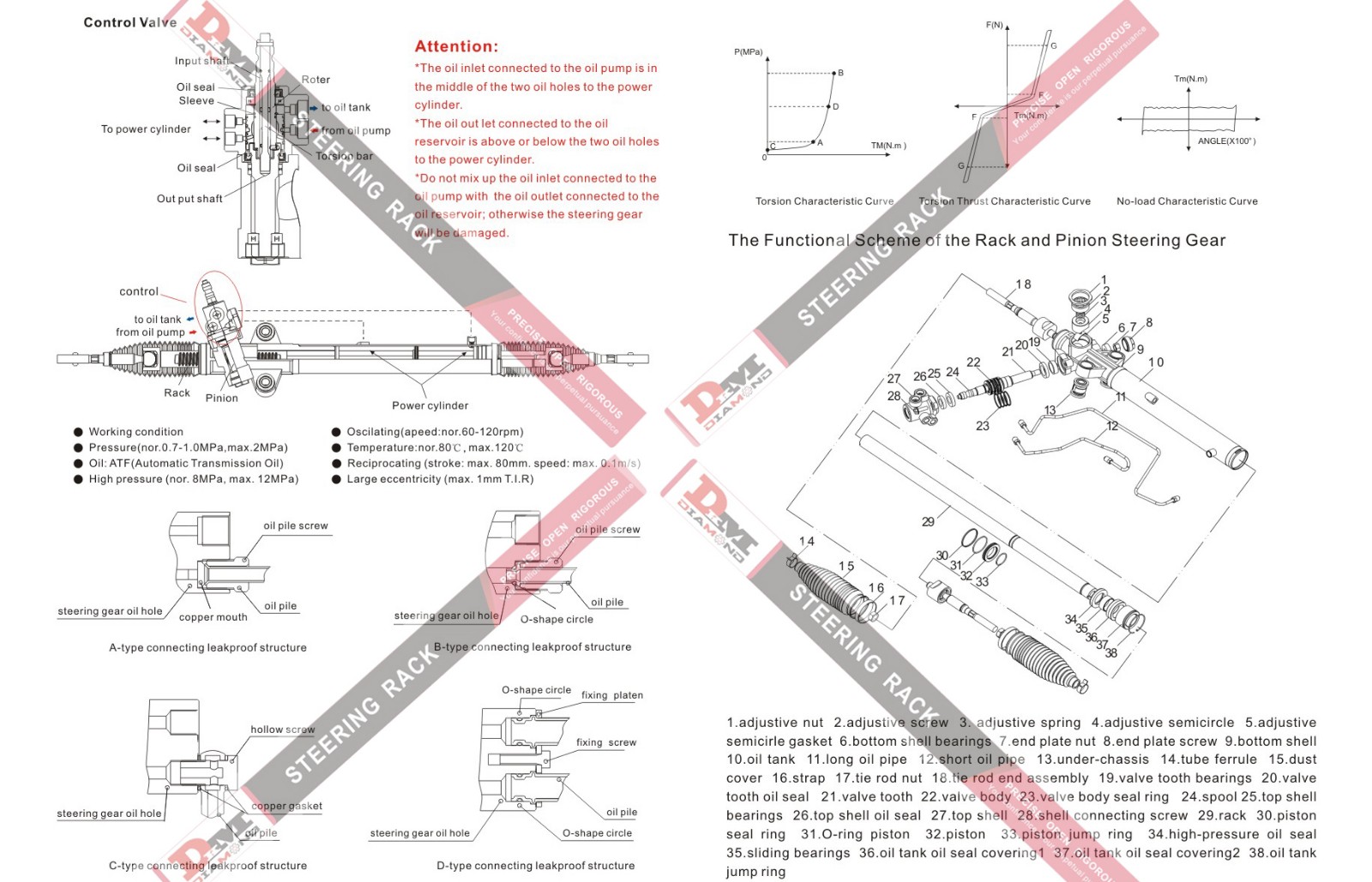
What are the reasons for power steering system failure?
Although power steering systems provide great driving convenience, they can still fail due to the complexity of their mechanical and electronic components. If the power steering system fails, the driver will have to rely on purely mechanical steering, which will significantly increase the difficulty of steering operations. Here are some common reasons why power steering fails:
Reasons for Hydraulic Power Steering System Failure
● Power Steering Pump Failure: A broken belt or damaged components inside the pump body can cause the hydraulic pressure to fail to generate, causing the system to lose power assistance.
● Power Steering Fluid Leakage: If the pipes, seals, or pump body in the hydraulic system are damaged or aged, the power steering fluid may leak, resulting in insufficient pressure in the system and loss of power assistance.
● Pressure Regulating Valve Failure: If the pressure regulating valve is stuck or damaged, the pressure in the hydraulic system may not be regulated correctly, resulting in excessive or complete loss of power assistance.
Reasons for Electric Power Steering System Failure
● Motor Failure: Motor failure or failure in the connection between the motor and the steering rack may cause the system to fail to provide power assistance.
● Electrical Problems: Electrical problems such as low battery, blown fuses, and control line failures may also cause the EPS system to fail.
● Sensor or ECU Failure: If the sensor or ECU fails, the system may not be able to correctly calculate and provide appropriate power assistance, resulting in power steering failure.
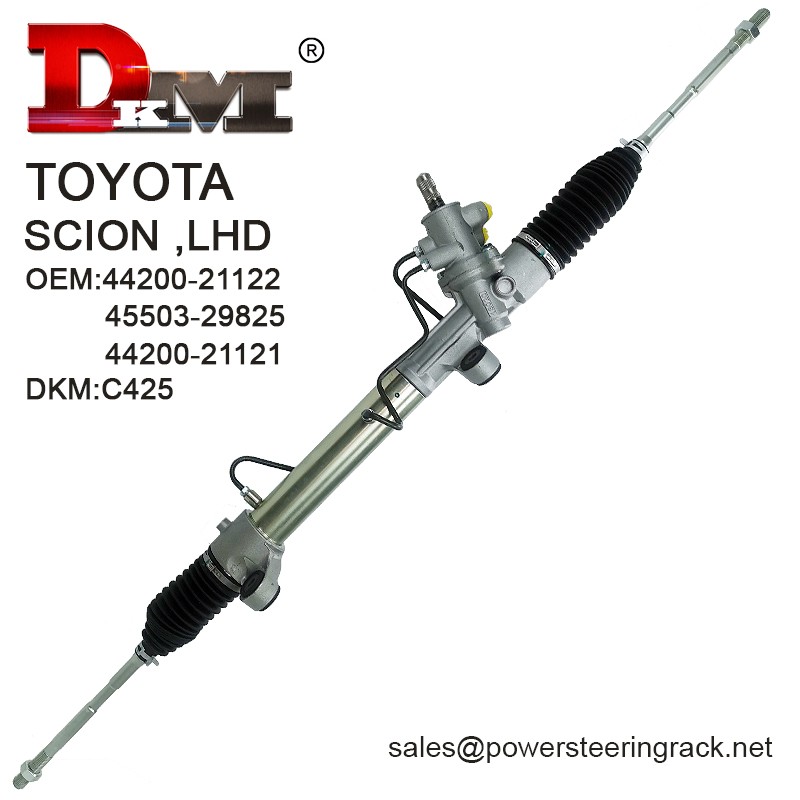
What happens if you lose power steering while driving?
The symptoms of a power steering failure vary depending on the type of fault and system design, but common symptoms include unusually labored steering, unusual noises when steering, and slow steering return. Losing power steering while the vehicle is in motion, especially in an emergency, can have a serious impact on driving safety.
Steering becomes difficult
When the power steering system fails, the driver needs to rely on more manual force to turn the steering wheel, especially when driving at low speeds or parking. Without power assistance, the steering wheel becomes extremely heavy to turn, which is a big challenge for some drivers with less power.
Slow steering response
Due to power steering failure, the friction between the steering rack and pinion increases, and the vehicle's steering response becomes slow. The driver may find that the steering wheel returns to the center position more slowly, or that the vehicle does not follow the steering wheel's movement as quickly as normal when turning. This phenomenon is particularly threatening to driving safety in narrow streets or sharp turns.
Abnormal noise or vibration
If there is a fault inside the power steering pump, the driver may hear abnormal noises when the pump is working, especially when turning the steering wheel. At the same time, due to the unstable pressure in the hydraulic system, there may also be slight vibrations in the steering wheel.
Steering wheel automatic return failure
Under normal circumstances, the power steering system can help the steering wheel automatically return to the neutral position (i.e. return to the center) after turning. If the system fails, the return function may disappear, and the driver needs to manually pull the steering wheel back to the center position, which will increase the difficulty and fatigue of driving.
How to deal with power steering failure?
Power steering failure may occur suddenly, especially after long driving or in bad weather conditions. If you encounter a power steering system failure during driving, the following points can help the driver deal with this problem more safely:
Keep calm
First of all, power steering failure does not immediately cause the vehicle to lose control. Although the steering operation becomes difficult, the vehicle can still continue to drive. Therefore, the driver should stay calm and avoid sudden steering operations or braking. Slow down smoothly and find a safe place to stop as soon as possible.
Reduce driving speed
Since the steering operation becomes more laborious after losing power, the driver should slow down immediately. Driving at a low speed not only helps to improve the accuracy of steering operations, but also reduces the risk of vehicle accidents. If you lose power steering while driving at high speed, sudden steering may cause the vehicle to lose control, especially when making an emergency evasive maneuver or turning.
Stop and check the problem as soon as possible
Find a safe place to stop and check the power steering fluid level or battery condition. If it is a hydraulic system, check for signs of fluid leakage. If it is an electric power steering system, you can check whether the battery voltage is sufficient or the fuse is blown. After confirming the problem, you should contact a professional maintenance personnel for repair.
Avoid driving for a long time
If the power steering system fails completely, you should try to avoid continuing to drive, especially when you need to turn frequently. Forced driving will increase the load on other systems, which may cause more vehicle problems and increase the risk of accidents.
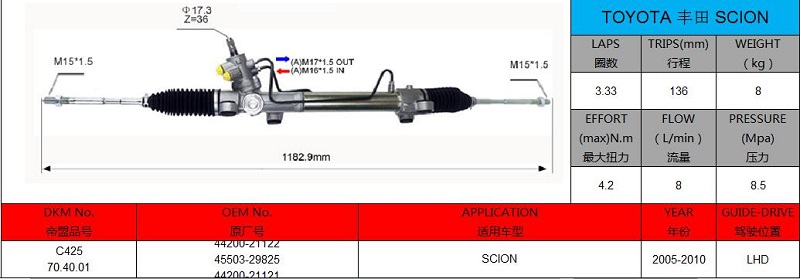
How to maintain the power steering system?
In order to avoid the potential dangers of power steering failure, regular system inspection and maintenance are essential. Here are a few suggestions for maintaining the power steering system:
1. Check the power steering fluid level regularly For hydraulic power steering systems, it is important to check the fluid level regularly and keep it within the appropriate range. If the fluid level is too low, it may indicate that there is a leak in the system and it needs to be repaired as soon as possible.
2. Replace aged hydraulic pipes and seals Over time, pipes and seals in the hydraulic system may age and break, causing fluid leakage. Regularly replacing these parts can effectively prevent leakage problems.
3. Regularly check the electrical part of the electric power steering system For the EPS system, regularly checking the condition of the electrical system to ensure that the battery voltage is normal and the connections between the motor and ECU are not loose or faulty is an important step to keep the system functioning properly.
Established in 1996, DKM Company has been a leading manufacturer of power steering systems in China. With advanced production capabilities, including 280+ CNC machines and automated assembly lines, we serve domestic and global markets. Our products are compatible with Toyota, Honda, Hyundai, and other leading brands. We offer wholesale deals, promotional discounts, and custom manufacturing solutions. Contact us now to secure low prices on bulk orders and reliable supply!

